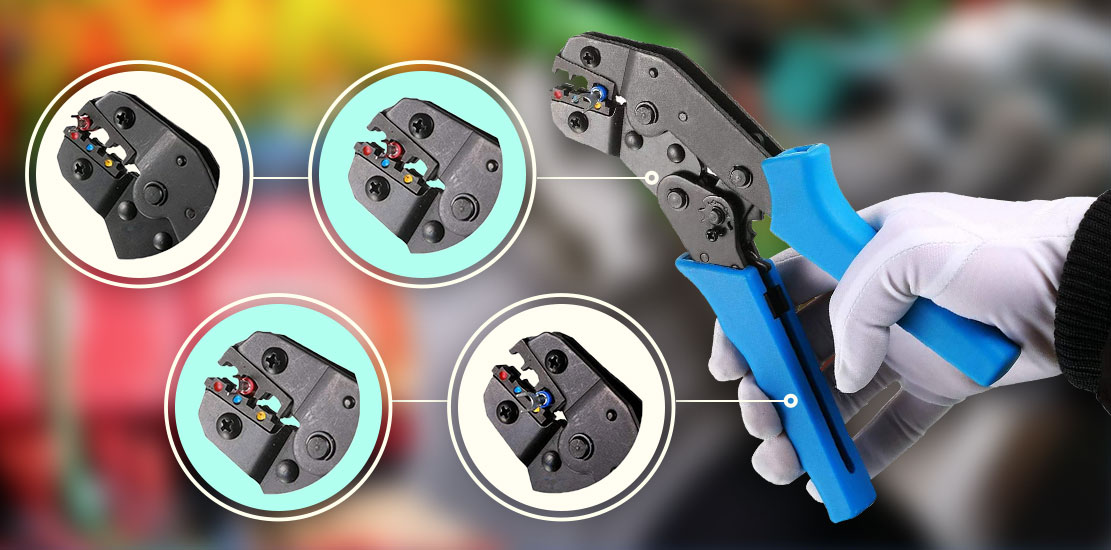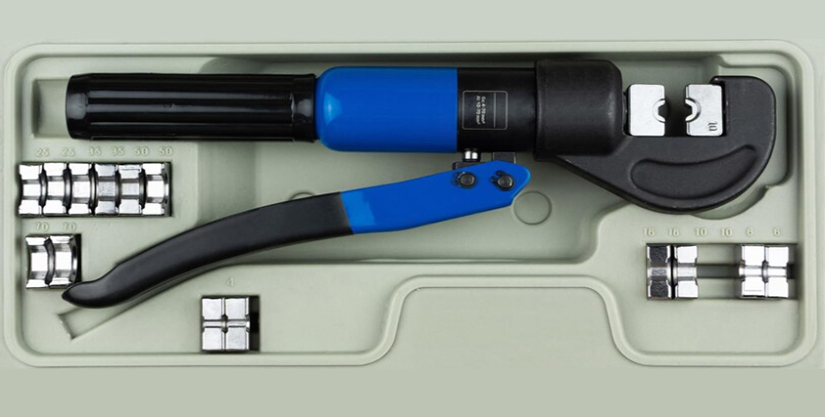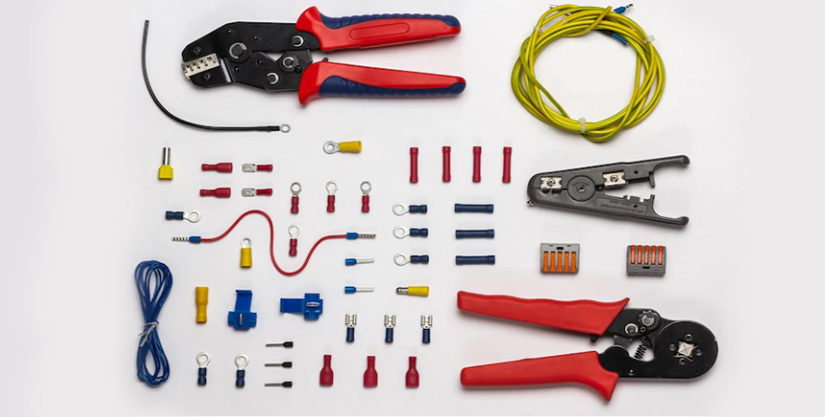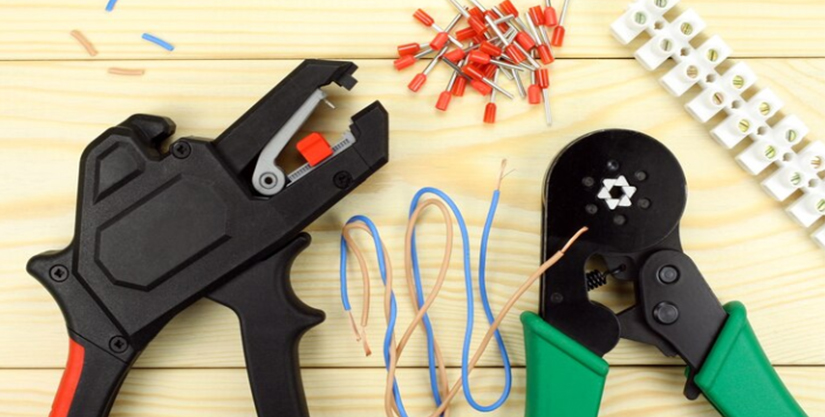
A Guide to Quality Wire and Cable Crimping
Connecting a wire to a terminal is crucial for its mechanical and electrical feasibility. When the crimping of a wire to a terminal is too loose, it can result in poor mechanical performance and electrical conductivity. Whereas, when it’s too tight, this may lead to good electrical conductivity up to a certain point but gradually damages the wire strands or terminal body of a cable.
Crimping is a carefully engineered solution, and the drawbacks of improper crimping are not limited to these electrical and mechanical failures.
Applying improper crimp tooling can have drastic results, from wasted time and scrap to product recalls and possible litigation. The cost of ineffective crimping is expensive; therefore, it is quintessential that the crimping of wire harnesses and cables to terminals gets carefully engineered with the right crimp tool to work in tandem.
What is Crimping and How it is different from Soldering

Crimping is the process of installing connectors on the ends of wires or cables using a crimping tool. It is one of the crucial steps while assembling wire harnesses or cable assemblies.
Crimping can join a wire to wire and also wire to the terminal. In the process, one metal is deformed and compressed tightly with another piece of metal. When done accurately, a crimp creates a mechanically strong connection and resists the wire and cable from corrosion, gas, and other liquids.
We can automate several steps of the crimping process, such as stripping, cutting, and crimping terminals on the wire ends. Whether we perform crimping manually or through automation, the process needs an appropriate tool, material, and specific steps to deliver the perfect results and avoid improper crimping dangers.
How Crimping differs from Soldering
Soldering is a traditional approach to wire termination and is more economical than crimping. It is preferable for industrial applications requiring reliable signal and power connections. The process involves melting and cooling an alloy composing metals like lead, tin, brass, or silver into solder cups for bonding a wire conductor to the contact.
Crimping requires specialized tools, whereas, in soldering, a basis soldering kit can terminate wires of any size and solder contact. The only material needed in the soldering process is solder and flux, thus giving an advantage over crimping in terms of cost-saving and availability of materials.
However, crimping has several other advantages over soldering.




Process Steps of Wire Crimping

Crimping is an engineered solution and requires carefully selecting appropriate crimp tools, materials, correct crimp design, and a step-by-step process. A connector engineer should configure the crimp height and width to get the desired wire and the wire barrel.
The materials and tools to be cross-checked before initiating the Crimping process is





The Crimping process usually follows the following five steps.
Step 1: Wire Selection
Wire selection depends on your application. Therefore, a precise and clear understanding of the equipment’s requirements helps select the correct wire type. Check the size of the wire mentioned on it, such as 16 AWG (American Wire Gauge).
Step 2: Crimp Terminal Selection
While choosing a crimp terminal, the points for consideration are



Step 3: Choosing a Crimping tool
Choose a crimping tool based on the design of the crimp terminal. You can consult a crimp terminal manufacturer to get information on tooling or select a tool with a ratchet design that can accept the crimp terminal.
Step 4: Make Crimp
The process of making crimp is for




Step 5: Use Heat Shrink
Finally, fit the sleeve over the crimp and wire at the appropriate position.
And then blow the air gun to shrink the tubing.
Quality Standards and Significance of Quality Crimping

The quality standards of crimp mainly include the crimp height and width. The crimp engineers should follow USCAR and VW specifications for measuring the height and width of the crimp.
The A-260 and VW specifications detail the use of a micrometer with a blade and a point. It helps minimize the risk of flash affecting the height of the crimp. According to A-260, one can use optional crimp height measurements only if crimping includes pull testing.
Crimp width is a fixed tooling dimension, and many organizations do not measure it. However, USCAR and VW specifications list two crimp widths, one measurable at the crimp terminal and another non-measurable.
Significance of Quality Crimping
A quality crimp is essential to save from the dangers of an improperly crimped terminal and is significant for the following reasons.





Crimping Terminals and Use of Right Crimp Tool
Crimping wires to the terminal may appear simple but is not so in the electrical assembly world. The process is much more complex than it appears, requiring a good understanding of the fundamentals of a quality crimp.
Being a leading wires and cables manufacturer, according to Gloster Cables, an appropriate crimp tool selection is crucial to achieve a good crimp and avoid malfunctioning as well as electrical and mechanical failures. With innovations like the Industrial Internet of Things (IIOT), ML, robotics, etc., the crimp technology is also evolving with minimum manual intervention.
CONTACT US